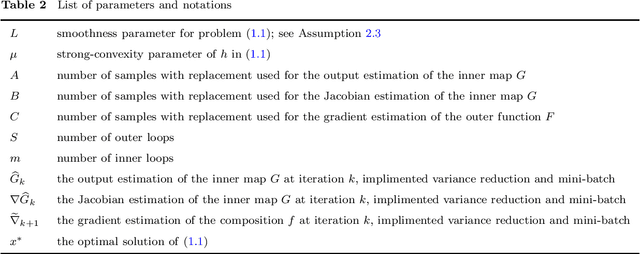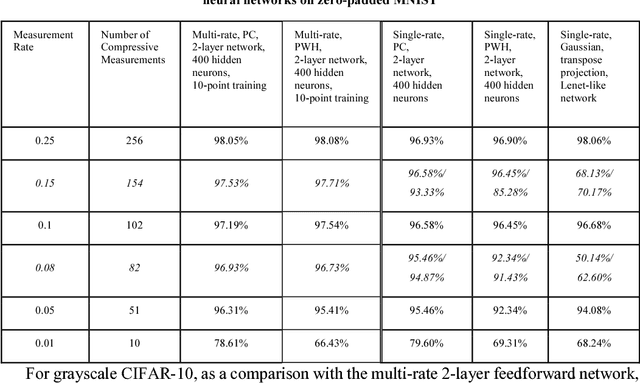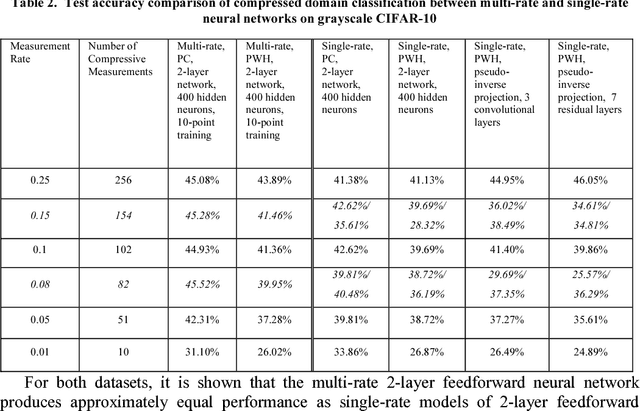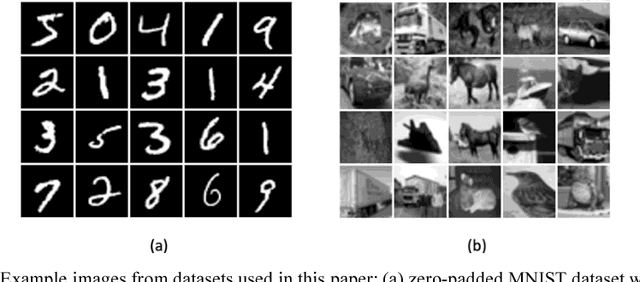Yibo Xu
Department of Electrical & Computer Engineering, Rice University, Houston, USA
Improving Adversarial Robustness via Phase and Amplitude-aware Prompting
Feb 06, 2025Abstract:Deep neural networks are found to be vulnerable to adversarial noises. The prompt-based defense has been increasingly studied due to its high efficiency. However, existing prompt-based defenses mainly exploited mixed prompt patterns, where critical patterns closely related to object semantics lack sufficient focus. The phase and amplitude spectra have been proven to be highly related to specific semantic patterns and crucial for robustness. To this end, in this paper, we propose a Phase and Amplitude-aware Prompting (PAP) defense. Specifically, we construct phase-level and amplitude-level prompts for each class, and adjust weights for prompting according to the model's robust performance under these prompts during training. During testing, we select prompts for each image using its predicted label to obtain the prompted image, which is inputted to the model to get the final prediction. Experimental results demonstrate the effectiveness of our method.
On-the-Fly SfM: What you capture is What you get
Sep 21, 2023Abstract:Over the last decades, ample achievements have been made on Structure from motion (SfM). However, the vast majority of them basically work in an offline manner, i.e., images are firstly captured and then fed together into a SfM pipeline for obtaining poses and sparse point cloud. In this work, on the contrary, we present an on-the-fly SfM: running online SfM while image capturing, the newly taken On-the-Fly image is online estimated with the corresponding pose and points, i.e., what you capture is what you get. Specifically, our approach firstly employs a vocabulary tree that is unsupervised trained using learning-based global features for fast image retrieval of newly fly-in image. Then, a robust feature matching mechanism with least squares (LSM) is presented to improve image registration performance. Finally, via investigating the influence of newly fly-in image's connected neighboring images, an efficient hierarchical weighted local bundle adjustment (BA) is used for optimization. Extensive experimental results demonstrate that on-the-fly SfM can meet the goal of robustly registering the images while capturing in an online way.
Katyusha Acceleration for Convex Finite-Sum Compositional Optimization
Oct 24, 2019

Abstract:Structured problems arise in many applications. To solve these problems, it is important to leverage the structure information. This paper focuses on convex problems with a finite-sum compositional structure. Finite-sum problems appear as the sample average approximation of a stochastic optimization problem and also arise in machine learning with a huge amount of training data. One popularly used numerical approach for finite-sum problems is the stochastic gradient method (SGM). However, the additional compositional structure prohibits easy access to unbiased stochastic approximation of the gradient, so directly applying the SGM to a finite-sum compositional optimization problem (COP) is often inefficient. We design new algorithms for solving strongly-convex and also convex two-level finite-sum COPs. Our design incorporates the Katyusha acceleration technique and adopts the mini-batch sampling from both outer-level and inner-level finite-sum. We first analyze the algorithm for strongly-convex finite-sum COPs. Similar to a few existing works, we obtain linear convergence rate in terms of the expected objective error, and from the convergence rate result, we then establish complexity results of the algorithm to produce an $\varepsilon$-solution. Our complexity results have the same dependence on the number of component functions as existing works. However, due to the use of Katyusha acceleration, our results have better dependence on the condition number $\kappa$ and improve to $\kappa^{2.5}$ from the best-known $\kappa^3$. Finally, we analyze the algorithm for convex finite-sum COPs, which uses as a subroutine the algorithm for strongly-convex finite-sum COPs. Again, we obtain better complexity results than existing works in terms of the dependence on $\varepsilon$, improving to $\varepsilon^{-2.5}$ from the best-known $\varepsilon^{-3}$.
Compressed domain image classification using a multi-rate neural network
Jan 28, 2019


Abstract:Compressed domain image classification aims to directly perform classification on compressive measurements generated from the single-pixel camera. While neural network approaches have achieved state-of-the-art performance, previous methods require training a dedicated network for each different measurement rate which is computationally costly. In this work, we present a general approach that endows a single neural network with multi-rate property for compressed domain classification where a single network is capable of classifying over an arbitrary number of measurements using dataset-independent fixed binary sensing patterns. We demonstrate the multi-rate neural network performance on MNIST and grayscale CIFAR-10 datasets. We also show that using the Partial Complete binary sensing matrix, the multi-rate network outperforms previous methods especially in the case of very few measurements.
 Add to Chrome
Add to Chrome Add to Firefox
Add to Firefox Add to Edge
Add to Edge